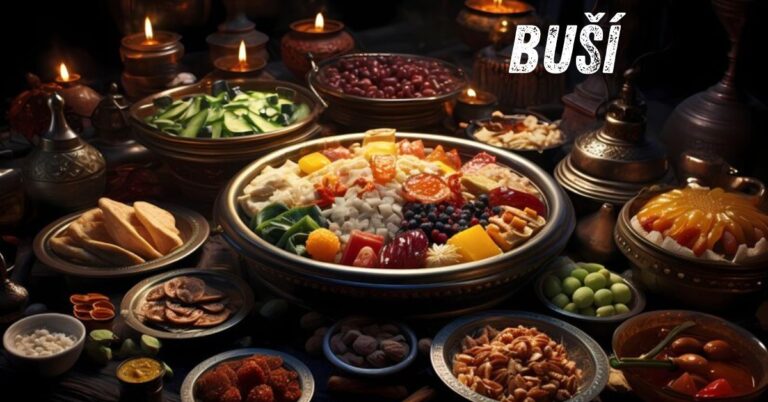Buší, a term that echoes with the wealthy traditions of a particular cultural context, embodies a multifaceted concept that spans records, artwork, and social practices. Understanding buší calls for a deep dive into its origins, evolution, and the various ways it impacts modern lifestyles. This article will explore the complicated layers of buší, losing light on its ancient roots, its position in community lifestyles, and its impact on current society.
Origins of Buší
The time period buší originates from a mix of indigenous practices and ancient events that formed its modern-day shape. In its earliest days, buší became deeply embedded inside the rituals and each day lives of local communities. It served no longer best as a method of survival but also as a shape of expression and communication. Historical facts endorse that buší changed into vital to ceremonies, storytelling, and the passing down of traditions from one era to the subsequent. The precise origins are tough to pinpoint, however the amalgamation of various cultural influences over centuries has created the buší we apprehend today.
Buší in Traditional Practices
Traditionally, buší encompassed a lot of activities, every with its unique importance and approach. These practices frequently revolved across the herbal surroundings and have been essential for network bonding and the protection of cultural heritage. Activities which includes crafting, dance, and song beneath the buší umbrella were now not merely for leisure but had been imbued with symbolic meanings and spiritual importance. For example, sure dances performed in the course of buší ceremonies have been believed to deliver rain or ensure a bountiful harvest, reflecting the deep connection between the people and their environment.
Artistic Expressions of Buší
Art is a vital aspect of buší, manifesting in numerous paperwork together with visual arts, music, and dance. The artistic expressions of buší are characterized via their vibrancy, symbolism, and deep-rooted cultural narratives. Traditional art forms consist of problematic carvings, textiles, and body artwork that depict testimonies and legends exceeded down through generations. Music and dance, indispensable parts of buší, are frequently performed all through fairs and communal gatherings, serving as a method of storytelling and keeping historical events and myths. These artistic practices no longer most effective offer aesthetic pride but additionally fortify community identity and continuity.
Buší in Modern Society
In current times, buší has tailored and developed, finding new expressions in cutting-edge society. While traditional practices stay respected and preserved, buší has additionally stimulated various elements of contemporary culture, from fashion and design to contemporary artwork and media. Modern interpretations of buší may be seen in urban artwork scenes, in which conventional motifs and styles are reimagined in graffiti and street artwork. Additionally, the concepts of buší are often included into sustainable dwelling practices, reflecting a growing appreciation for the concord among humans and nature that buší advocates.
Challenges and Preservation of Buší
Despite its wealthy background, buší faces severa challenges inside the modern world. Globalization, urbanization, and cultural assimilation pose threats to the preservation of conventional buší practices. As younger generations end up more prompted with the aid of worldwide subculture, there’s a danger of dropping the unique cultural practices that outline buší. Efforts to maintain and promote buší include cultural fairs, educational applications, and the documentation of traditional practices via numerous media. Organizations and community leaders are operating tirelessly to ensure that the essence of buší isn’t misplaced and maintains to thrive in future generations.
The Future of Buší
The destiny of buší hinges on the balance between upkeep and innovation. While it’s miles essential to defend and hold conventional practices, there may be also a want to permit buší to evolve and adapt to current contexts. Encouraging young people to have interaction with and reinterpret buší in methods that resonate with their reports and aspirations is crucial for its endured relevance. Collaborative efforts among cultural practitioners, educators, and policymakers can create a sustainable framework for the future of buší, ensuring that it stays a vibrant and indispensable a part of cultural identification.
In end, buší is a complicated and dynamic cultural phenomenon that has advanced over centuries, retaining its relevance via variation and innovation. Its significance lies no longer handiest in its historical roots however also in its ability to attach groups, preserve traditions, and inspire cutting-edge cultural expressions. As we flow ahead, the task and possibility lie in locating methods to honor the beyond even as embracing the destiny, making sure that buší is still a supply of cultural pride and creativity.
